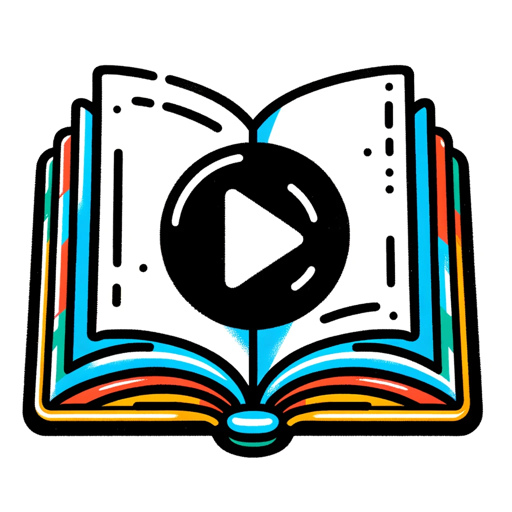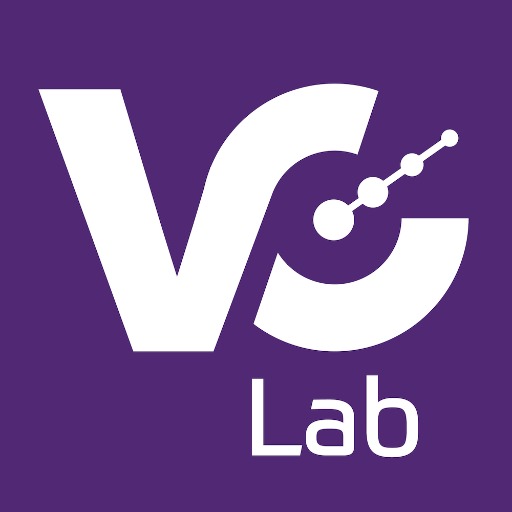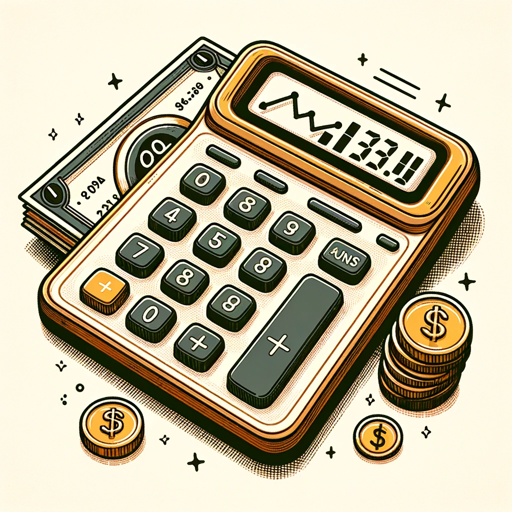ECG Reader-AI ECG Analysis Tool
AI-powered ECG interpretation.
Can you analyze my ECG report?
What does this ECG indicate about my heart?
Is there anything concerning in my ECG data?
Please explain my Apple Watch ECG.
Related Tools
Load More
Face Reader
Moved to https://chat.openai.com/g/g-q6GNcOkYx-face-reader. Reads faces to tell fortunes based on Chinese face reading. Turned off setting to use data for OpenAi to improve model.

Heart Rhythmizer
Transforms complex ideas into illustrative songs

File Reader
Reads and interprets files, providing summaries and answers.
Picture Reader

Document Reader
The document reader allows you to read a long legal document and make a squeeze on it

Brainwave Analyst
Interprets and analyzes QEEG data, explaining EEG patterns and their implications.
20.0 / 5 (200 votes)
Introduction to ECG Reader
ECG Reader is a specialized tool designed to interpret electrocardiogram (ECG) data. It provides a comprehensive analysis of ECG readings, offering both technical and simplified explanations. The primary purpose of ECG Reader is to assist healthcare professionals and individuals in understanding heart health indicators from ECG results. For example, in a clinical setting, a cardiologist can use ECG Reader to quickly identify abnormalities like arrhythmias or ischemia. Meanwhile, a layperson could use it to gain a basic understanding of their heart rhythm before consulting with their doctor.

Main Functions of ECG Reader
Technical Analysis
Example
A detailed breakdown of P-wave, QRS complex, and T-wave morphology.
Scenario
In a hospital, a cardiologist uses ECG Reader to analyze a patient's ECG, detecting subtle changes indicative of myocardial infarction.
Simplified Explanation
Example
Translating medical jargon into easy-to-understand language for patients.
Scenario
A general practitioner uses ECG Reader to explain to a patient what 'sinus rhythm' means and how it relates to their heart health.
Potential Health Issues Identification
Example
Highlighting signs of potential issues like arrhythmias or ischemia.
Scenario
During a routine check-up, a nurse uses ECG Reader to flag a possible arrhythmia for further investigation by a specialist.
Ideal Users of ECG Reader Services
Healthcare Professionals
Cardiologists, general practitioners, and nurses who need a reliable tool to quickly interpret ECG results and make informed decisions about patient care.
Health-Conscious Individuals
Patients and individuals interested in monitoring their heart health who want a better understanding of their ECG readings before consulting with a healthcare provider.

How to Use ECG Reader
Step 1
Visit aichatonline.org for a free trial without login, also no need for ChatGPT Plus.
Step 2
Upload your ECG data file (ensure it is in a compatible format such as PDF, PNG, or JPG).
Step 3
Wait for the ECG Reader to process and analyze the data, which might take a few moments.
Step 4
Review the detailed assessment provided, including both technical analysis and simplified explanations.
Step 5
Consult with a healthcare professional to discuss the insights and recommendations from the analysis.
Try other advanced and practical GPTs
DevPro 2
Smart AI for smarter coding
Alex Earnings Call
AI-powered financial insights, simplified.

Scrabble Genius
AI-driven word building and strategy.

Islam Quran and Hadith Assistant (Early Access)
AI-Powered Insights into Islamic Knowledge

Video Summarizer with Clickbait Detection
Summarize videos and detect clickbait with AI

Canada Tax Filing
AI-Powered Tax Assistance for Canadians.

VC Lab PACT Advisor
Automating non-binding LP commitments with AI.

知乎技术回答助手
AI-driven solutions for technical queries

LX Design GPT
AI-powered tool for structured learning design

GPT for YNAB (Unofficial)
AI-powered budgeting insights.

Cash Flow Statement Generator
AI-Powered Tool for Effortless Financial Clarity

Your Boyfriend
Your AI-powered supportive companion.

- Research
- Analysis
- Healthcare
- Medical
- Cardiology
ECG Reader Q&A
What types of ECG data formats can ECG Reader process?
ECG Reader can process ECG data in formats such as PDF, PNG, and JPG. Ensure that your files are clear and legible for the best results.
How accurate is the analysis provided by ECG Reader?
The analysis provided by ECG Reader is based on advanced AI algorithms and trained on a vast dataset of ECG records. However, it is essential to consult with a healthcare professional for accurate diagnosis and treatment.
Can ECG Reader identify specific heart conditions?
Yes, ECG Reader can identify various heart conditions such as arrhythmias, myocardial infarction, and other abnormalities. It provides detailed interpretations for further medical consultation.
Is ECG Reader suitable for use by medical professionals?
Absolutely. ECG Reader is designed to assist both medical professionals and individuals by providing detailed technical analysis and simplified explanations.
How long does it take to get results from ECG Reader?
The processing time for ECG data analysis by ECG Reader is typically a few moments, depending on the complexity of the ECG data provided.